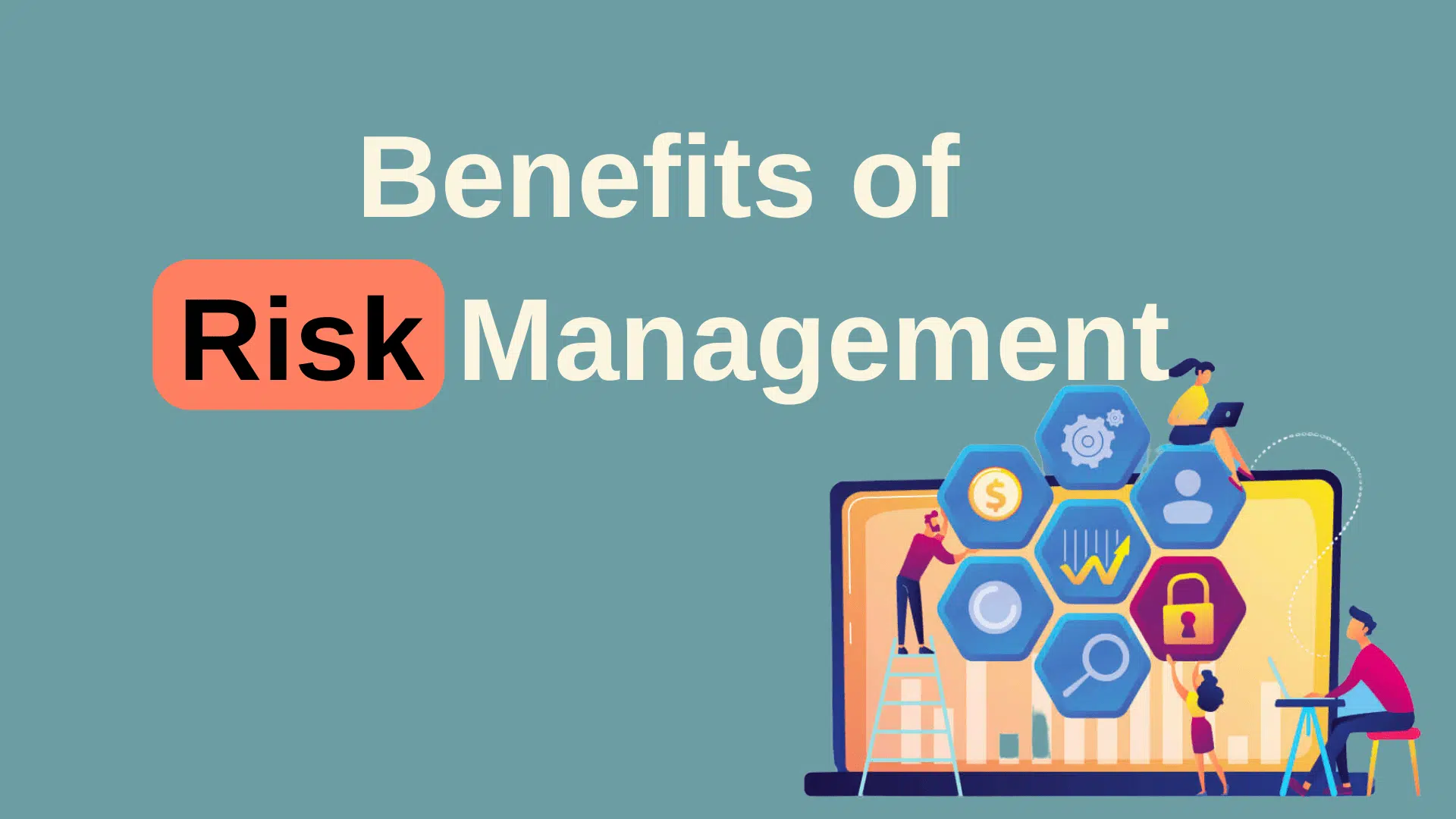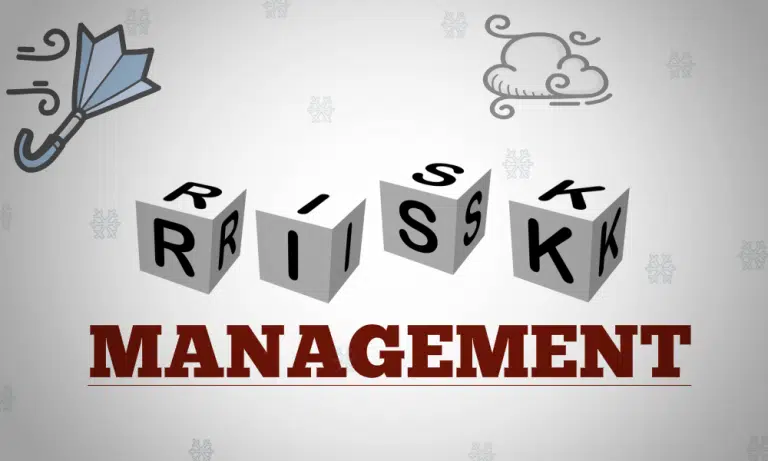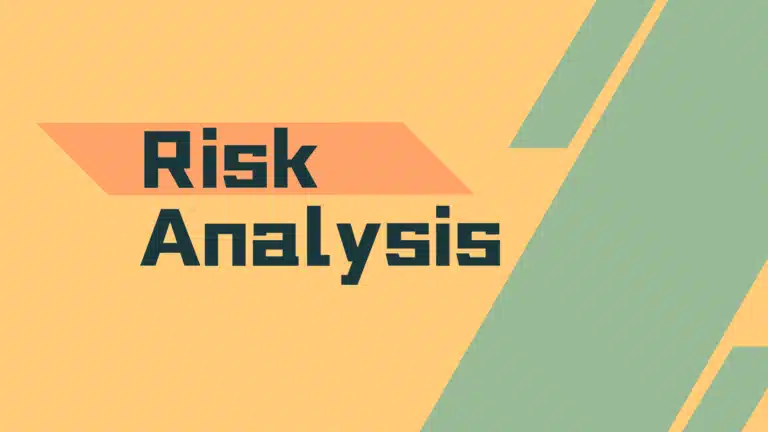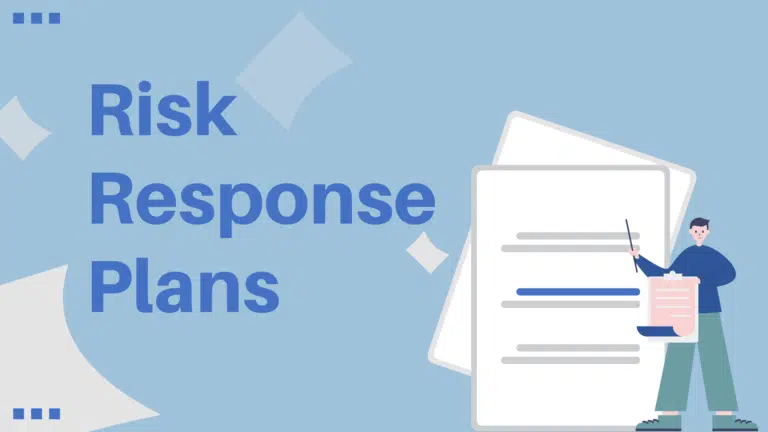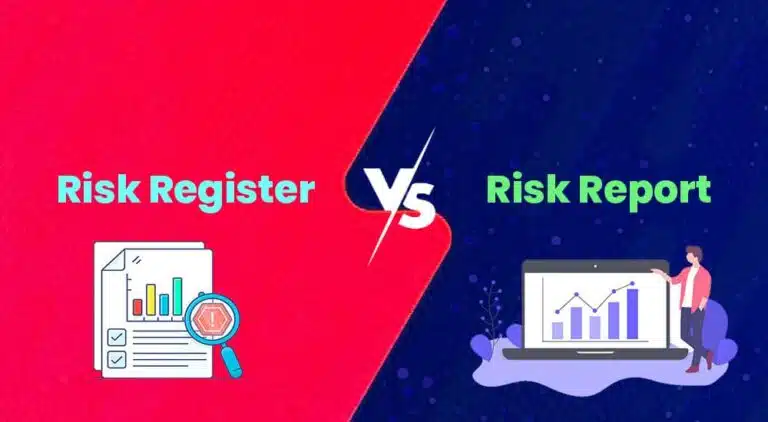Risk management is critical to business or project success. Managing risks has become paramount in today’s dynamic and unpredictable business landscape.
The benefits of risk management are undeniable in all industries. By effectively integrating risk management into their operations, organizations can make informed decisions, protect their assets, and gain a competitive edge in an increasingly uncertain environment.
Risks can be positive or negative. Negative risks are also knowns as threats and hazards, and positive risks as opportunities.
Effective risk management planning helps avoid or mitigate the probability or impact of negative risks and increase the probability or impact of positive risks.
This article will explore the advantages of risk management. From enhancing decision-making to ensuring compliance and regulatory adherence, risk management is a strategic tool for organizations to safeguard their interests, drive performance, and foster resilience.
These benefits will uncover the compelling reasons risk management programs should be a top priority for organizations of all sizes and sectors.
However, before moving to the benefits of risk management, let us understand risk management.
What is Risk Management?
Risk management is a process of risk identification, assesses and prioritizes risks, and implements strategies to mitigate or exploit them to achieve organizational objectives. It involves understanding potential threats and opportunities, evaluating their potential impact, the likelihood of occurrence, and developing plans to address or capitalize on them.
Risk management strategy is critical for organizations as it helps them proactively address potential threats, reduce vulnerabilities, and seize opportunities.
Risk management is an iterative process you can repeat whenever you identify new risks or hazards.
Risk management is also known as enterprise risk management when applied at an organizational level.
Benefits of Risk Management
The key benefits of risk management are as follows:
Enhanced Decision Making
Risk management helps organizations make informed decisions. They can prioritize risks based on impact and allocate resources to take action.
Protects Assets and Resources
A risk management program helps protect financial resources, physical assets, intellectual property, and sensitive information. By following a risk management system, organizations can prevent loss or damage to assets from external threats, preserving their value and reducing liabilities.
Improved Project Performance
Risk management plays a key role in project management by identifying the project risks early on and implementing proactive risk response strategies. This makes the project management plan robust and helps avoid project delays and cost overruns. It reduces resource wastage and improves the project’s performance.
Compliance and Regulatory Adherence
Risk management ensures that organizations follow government regulations, standards and comply with the requirements. Organizations can avoid legal and regulatory penalties, reputational damage, and operational disruptions by mitigating compliance risks.
Competitive Advantage
Organizations using risk management gain a competitive edge in the market. By managing risks, they differentiate themselves from competitors, build trust and credibility with stakeholders, and show their ability to navigate uncertain environments, fostering customer loyalty and attracting investors.
Organizational Resilience
Risk management contributes to the resilience of organizations by helping them anticipate and prepare for potential disruptions. Organizations can recover faster from unforeseen events and maintain operations during difficult situations through continuity planning and business continuity management.
Stakeholder Confidence and Trust
Risk management practices enhance transparency and communication among stakeholders. Organizations build trust and confidence among customers, investors, employees, and partners by effectively communicating risks and risk response strategies, leading to stronger relationships and long-term success.
Cost Reduction
By identifying and mitigating risks proactively, organizations can minimize financial losses, insurance premiums, legal expenses, and operational disruptions, leading to cost savings in the long run. Risk management helps organizations reduce costs associated with potential risks.
Innovation and Growth Enablement
Risk management practices provide a foundation for organizations to explore opportunities, drive innovation, and pursue growth strategies. By managing risks, organizations can take calculated risks and capitalize on emerging trends and market shifts, propelling them forward in a dynamic business environment.
Long-term Sustainability
Implementing risk management as a strategic and integral part of an organization’s operations ensures its long-term sustainability. By mitigating risks, organizations can protect their reputation, secure stakeholder trust, maintain financial stability and adapt to changing market conditions, positioning themselves for continued success.
The benefits of risk management are immense, and they help businesses grow in a complex and uncertain business landscape.
Why May Organizations Avoid Using Risk Management?
Many organizations avoid using risk management as they consider it a burden and additional cost to work.
The following are key reasons many businesses do not use risk management in their operations:
- Lack of Awareness: Some organizations may be unaware of the importance and benefits of risk management. They might not understand how it can help them achieve their objectives, make better decisions, and protect their interests.
- Resource Constraints: Implementing risk management requires time, effort, and resources. Smaller organizations or those with limited budgets may struggle to allocate sufficient resources for comprehensive risk management practices.
- Short-Term Focus: Organizations focused primarily on short-term gains, or quick results might neglect risk management practices. They may prioritize immediate profit or operational efficiency over the potential risks that could arise in the future.
- Lack of Expertise: Risk management requires specialized knowledge and skills. If an organization lacks risk managers with expertise in risk management, it may struggle to implement and maintain robust risk management processes.
- Resistance to Change: Implementing risk management involves introducing new organizational processes, procedures, and cultural changes. Some employees might resist these changes due to fear of disruption or a reluctance to deviate from established practices.
- Overconfidence or Denial: Some organizations may exhibit overconfidence in their ability to handle risks or deny the existence of potential threats. This mindset can lead to satisfaction and failure to proactively address risks until they cause serious issues.
How to Convince an Organization about the Benefit of Using the Risk Management
You can convince management to adopt risk management by providing compelling case studies highlighting the benefits of risk management and addressing any concerns they may have.
Explain to them how risk management can help them avoid any potential problems they can have in their business.
Some tips to help to get management buy-in for using risk management are as follows:
- Understand their Perspective: Understand the concerns and priorities of your management. Meet with key stakeholders and identify their pain points and how risk management can help address them. This will allow you to tailor your arguments to their needs and interests.
- Show the Risk Management Benefits: Prepare an overview of the benefits of risk management for the organization. Tell them it is a proactive approach. Emphasize how it can help achieve strategic objectives, improve workplace conditions, better decision-making, enhance operational efficiency, protect assets, and mitigate potential financial and reputational risks.
- Provide Case Studies and Examples: Gather case studies or examples from similar organizations or industries that have successfully implemented risk management. Highlight the positive outcomes they have achieved and how it has positively impacted their performance and resilience. Show them the importance of risk management.
- Quantify the Costs of Inaction: Present a risk assessment of the potential costs and consequences of not implementing risk management. Demonstrating the potential risks and their potential impact can be a compelling argument for proactive risk management. This can include potential financial losses, regulatory non-compliance penalties, damage to reputation, or operational disruptions.
- Show Return on Investment (ROI): Present a cost-benefit analysis showing the return on investment for implementing risk management. Highlight the potential cost savings, efficiencies gained, and the value of mitigating or exploiting risks. This analysis can help management understand the long-term value of risk management and its positive impact on the organization’s bottom line.
- Address Implementation Concerns: Anticipate and address any concerns or objections management may have regarding implementing risk management. This could include concerns about costs, resources, disruption to operations, or the complexity of the process. Provide a detailed plan outlining how the implementation will be structured, phased, and integrated into existing operations.
By effectively communicating the benefits of risk management, addressing concerns, and showing a robust implementation plan, you can convince management to embrace best practices in risk management.
Summary
Prioritizing risk management is essential for organizations seeking to grow and remain resilient in the face of uncertainty. The benefits of risk management are huge and fundamental to organizational success. By integrating risk management into operations, organizations can navigate challenges, seize opportunities, and achieve sustainable growth in an ever-evolving business landscape.

I am Mohammad Fahad Usmani, B.E. PMP, PMI-RMP. I have been blogging on project management topics since 2011. To date, thousands of professionals have passed the PMP exam using my resources.

